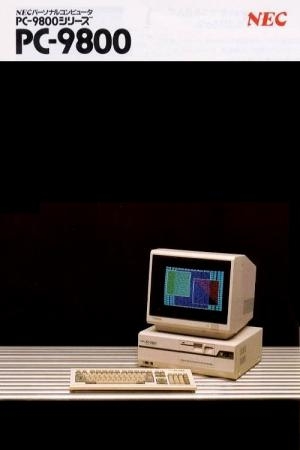
PC-98
PC-98 Specifications
| Manufacturer: | NEC |
| Developer: | NEC |
| CPU: | 8086 @ 5 MHz |
| Memory: | RAM 128 KB, 6 slot C-bus |
| Graphics: | µPD7220 |
| Sound: | Yamaha YM2203 FM synthesis |
| Medium: | Floppy |
| Display: | 640 × 400 with 16 colors (from 4096) |
The PC-9801 is a Japanese 16-bit microcomputer manufactured by NEC from 1982, the first in the PC-9800 series of 16-bit and 32-bit personal computers. The PC9801 had thousands of game titles designed for it, many of which made creative use of the system's limitations (it was originally designed as a business machine) to great commercial success. Despite having hardware specifications far inferior to the Fujitsu FM Towns and Sharp X68000 personal computers, the massive install base and steady flow of game titles (in particular "doujin" style dating sims and RPGs, as well as early games of the Touhou Project franchise) kept it as the favored platform for PC game developers in Japan until the rise of the DOS/V clones.
The PC-98 was initially released as a business-oriented personal computer which had backward compatibility with the successful PC-8800 series. The range of the series has expanded, and in the 1990s it was used in a variety of industry fields including education and hobbies. NEC succeeded in attracting third-party suppliers and a wide range of users, and the PC-98 dominated the Japanese PC market with more than 60% market share by 1991. IBM clones lacked sufficient graphics capabilities to easily handle Japan's multiple writing systems, in particular kanji with its thousands of characters. In addition, Japanese computer manufacturers marketed personal computers that were based on each proprietary architecture for the domestic market. Global PC manufacturers, with the exception of Apple, had failed to overcome the language barrier, and the Japanese PC market was isolated from the global market.
By 1990, average CPUs and graphics capabilities were sufficiently improved. The DOS/V operating system enabled IBM clones to display Japanese text by using a software font only, giving a chance for global PC manufacturers to enter the Japanese PC market. The PC-98 is a non-IBM compatible x86-based computer and is thus capable of running ported (and localized) versions of MS-DOS and Microsoft Windows. However, as Windows spread, software developers no longer had to code their software separately for each specific platform, and the PC-98 became regarded as one of the Windows-based machines like other IBM clones. The PC-98 adopted non-proprietary parts developed for IBM clones to reduce manufacturing costs. Due to the popularity of Windows 95, the demand for the PC-98 on which legacy applications depend had declined. In 1997, NEC abandoned compatibility with the PC-98 and released the PC98-NX series based on the PC System Design Guide.
Latest on PC-98

YU-NO: A girl who chants love at the bound of this world
"YU-NO: A girl who chants love at the bound of this world" tells the story of Arima Takuya, a high school student at Sakaimachi Academy who is suddenl...

Xna
Tetsu is a young warrior who has left his home country in order to serve human rulers in their battle against the dark elves. But one day the valiant ...

Xanadu
Xanadu was the name of the summer capital of the Mongolian-ruled Yuan Dynasty in 13th century China. The game, however, is set in a fantasy world, its...
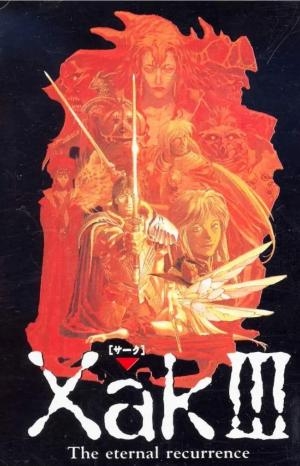
Xak III: The Eternal Recurrence
The great hero Latok, the descendant of the war god Duel, has returned to his hometown Fearless, where he lives peacefully with his mother. But one da...

Tuned Heart
You are assigned to supervise and lead a group known as Tuned Heart, which fights crime on city streets. The members of the group are all young and pr...
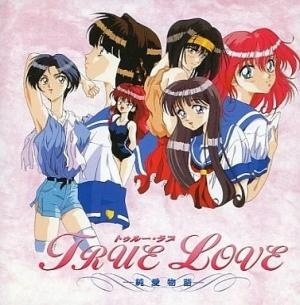
True Love
True Love is a Japanese erotic dating sim developed by Software House Parsley and published by CD Bros., released on June 9, 1995 for the PC-98 and on...
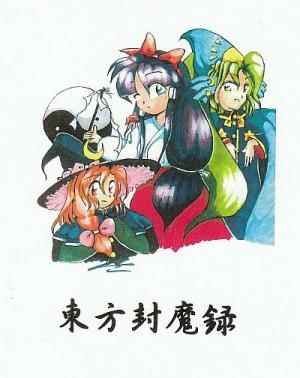
Touhou Fuumaroku - The Story of Eastern Wonderland
Touhou 2 (also known as Touhou Fuumaroku) puts the player in the role of the Shrine Maiden 'Reimu Hakurei' and with it offers different types of attac...
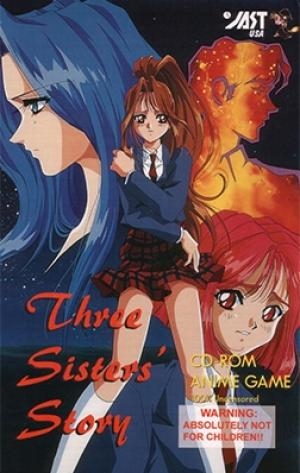
Three Sisters Story
Three Sisters' Story is a Japanese adult bishōjo visual novel for the PC-98 and DOS. The original DOS version was published in 1996 by Sakura Soft. I...
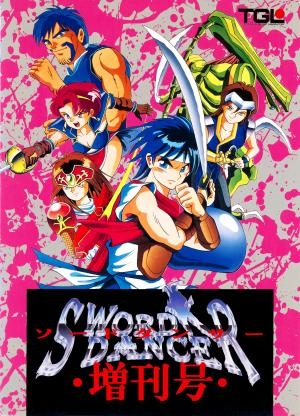
Sword Dancer Zoukangou
It is said that the country of Suzaku is protected by the spirit of the legendary White Dragon, a mythical benevolent being. A young maiden known as "...
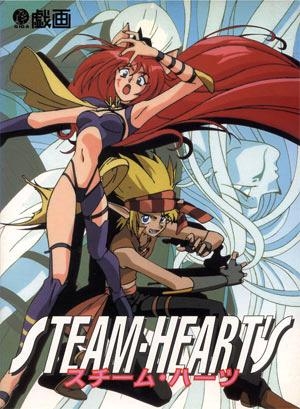
Steam-Heart's
In the far future, on an alien planet dominated by seven elf-like or catgirl princesses that have fallen under the spell of a unique virus that has dr...